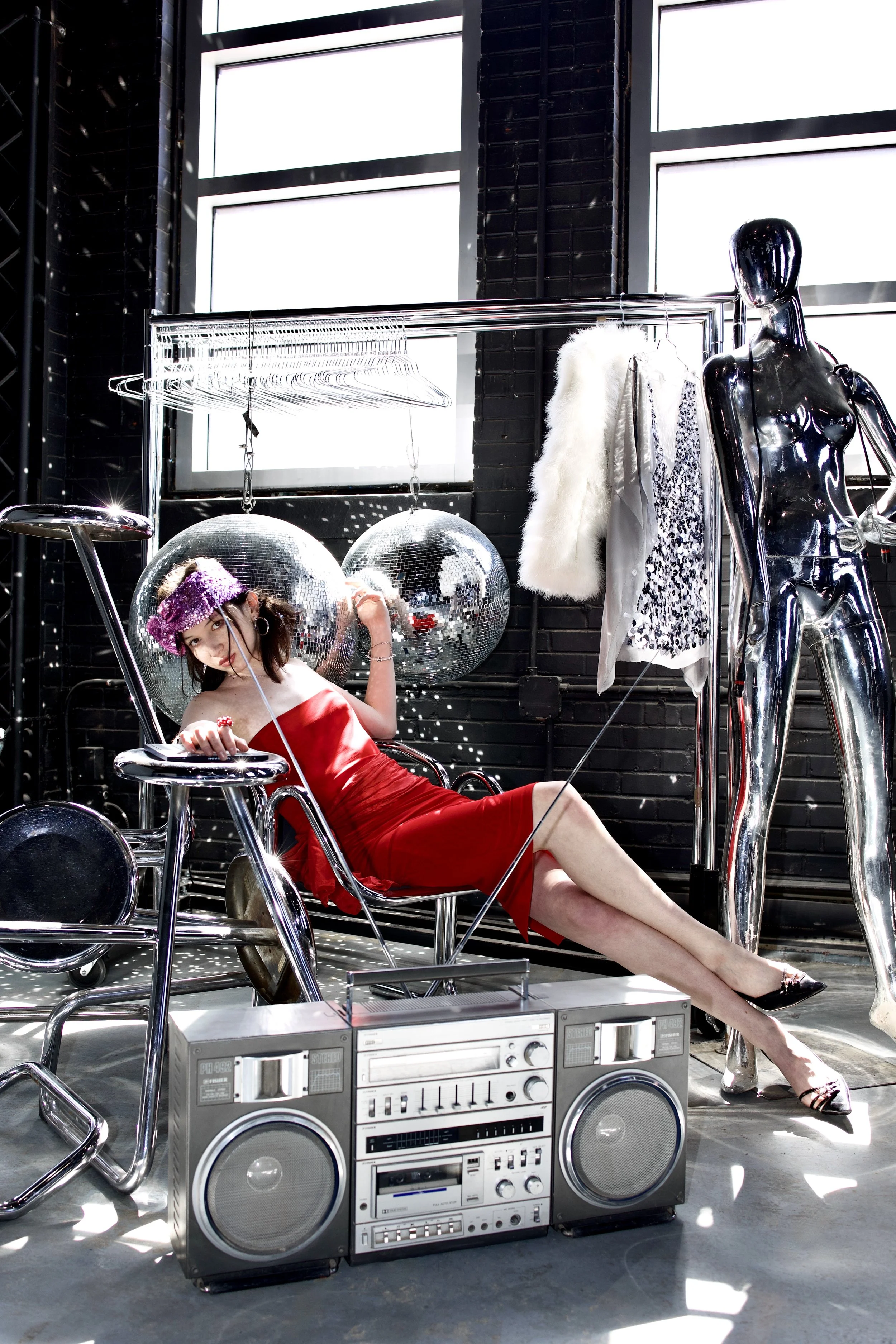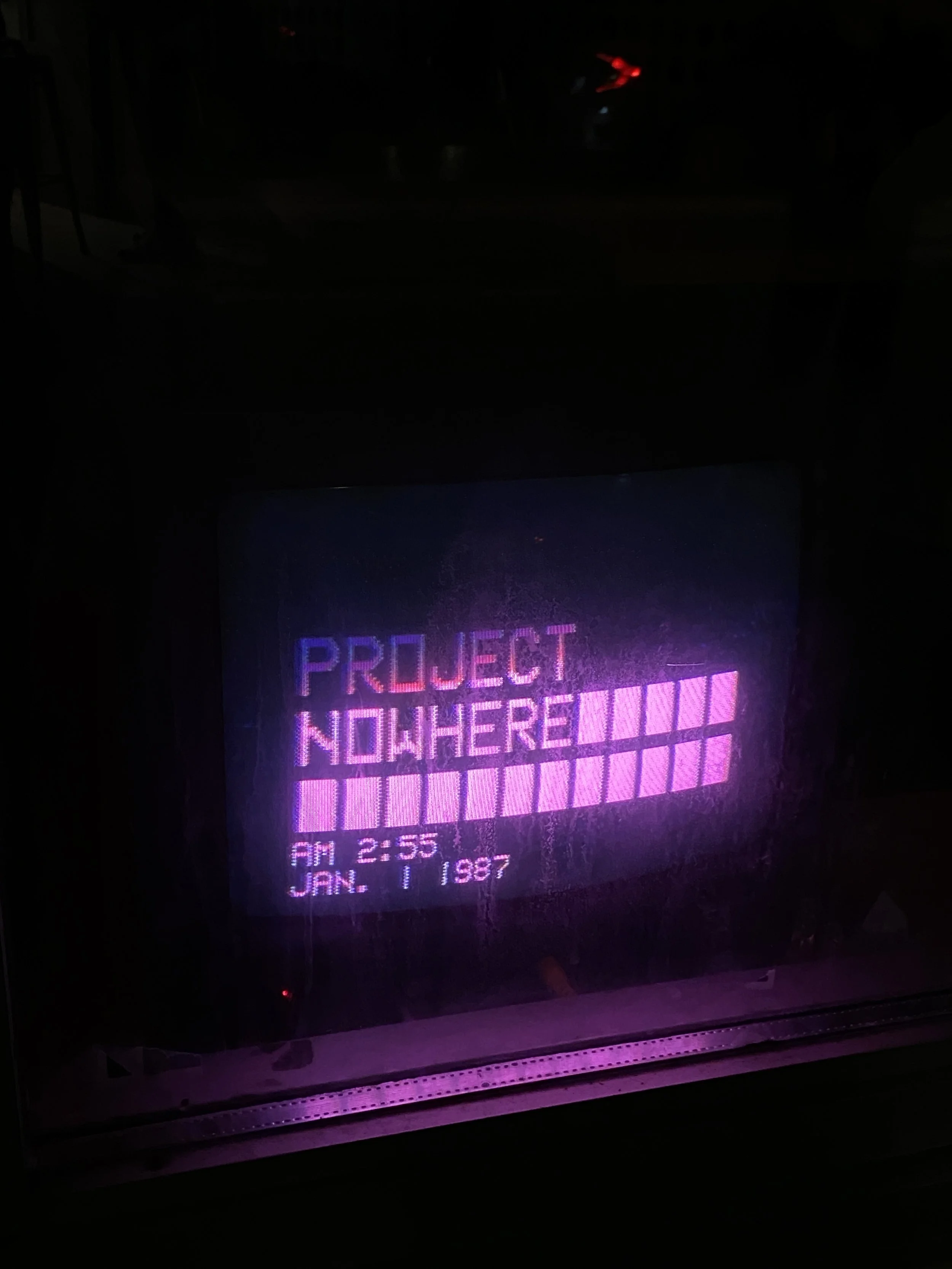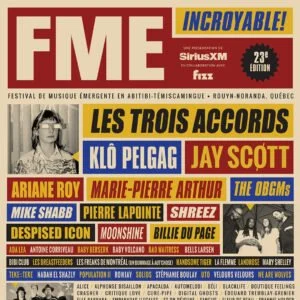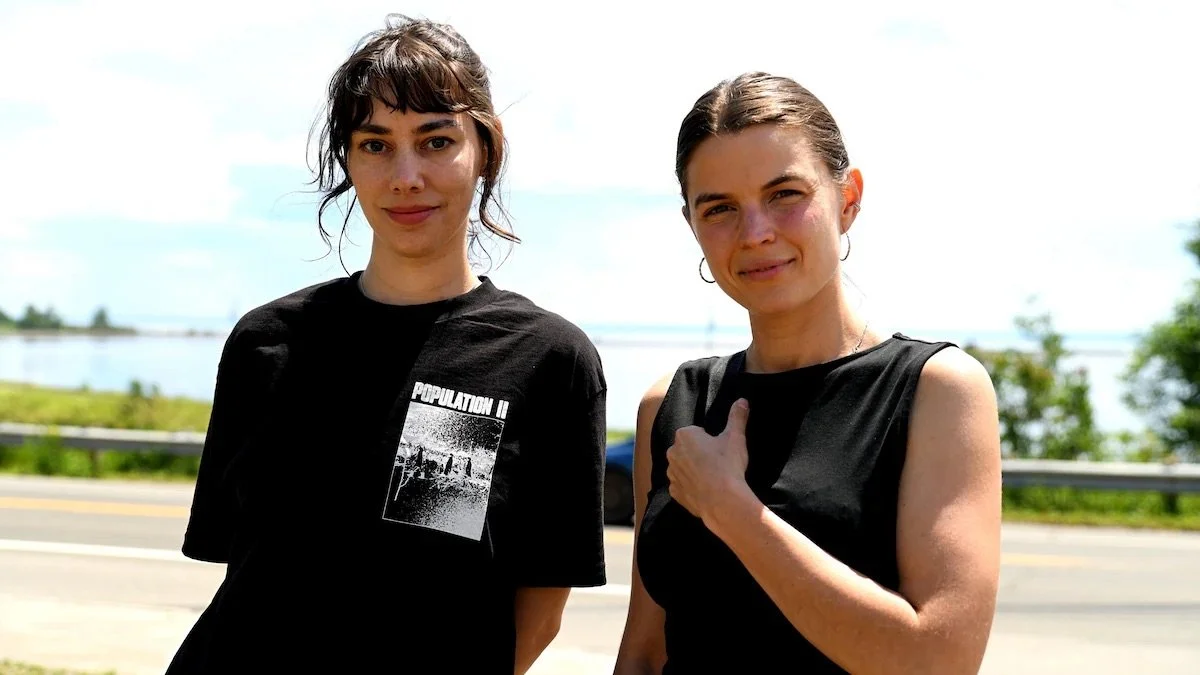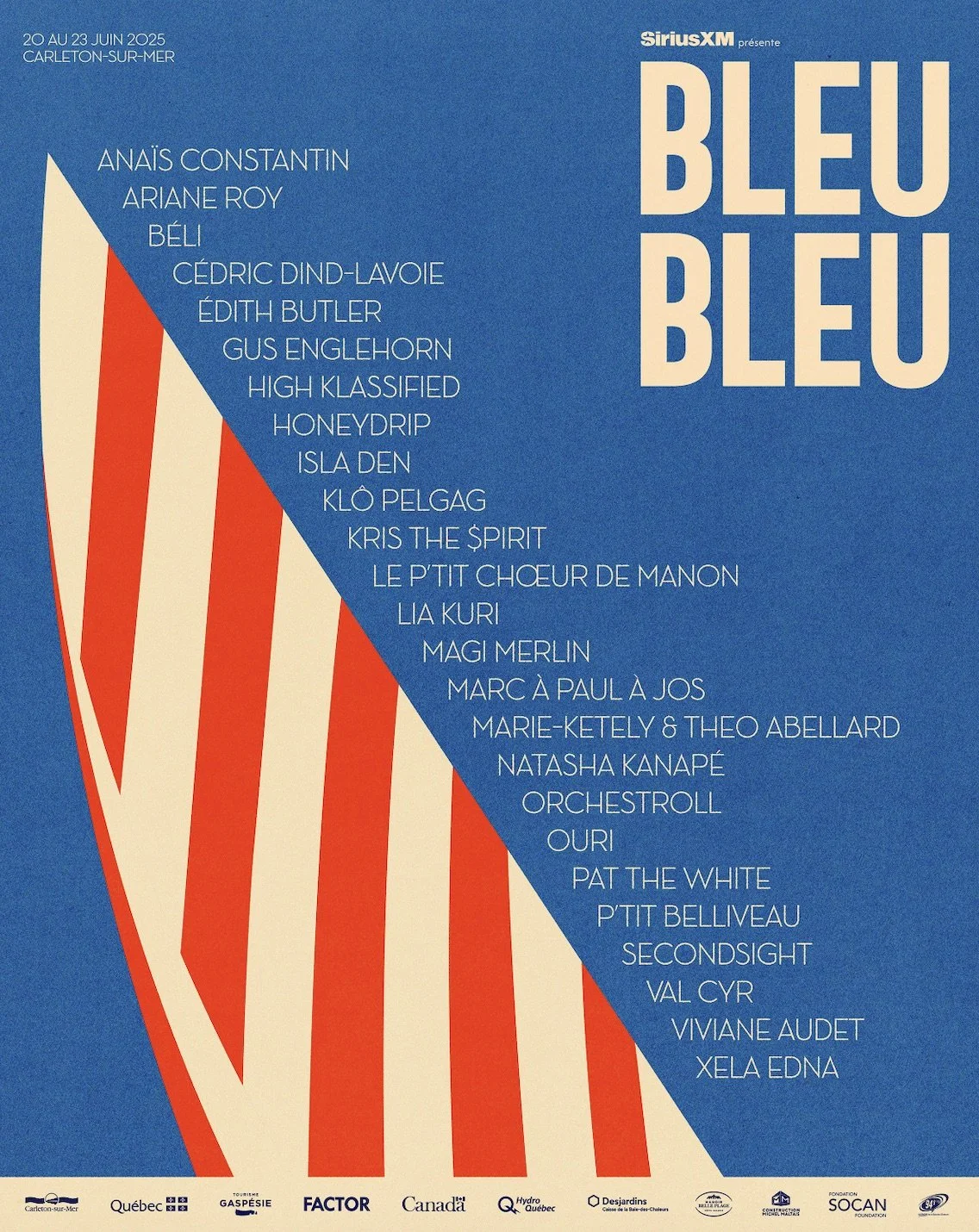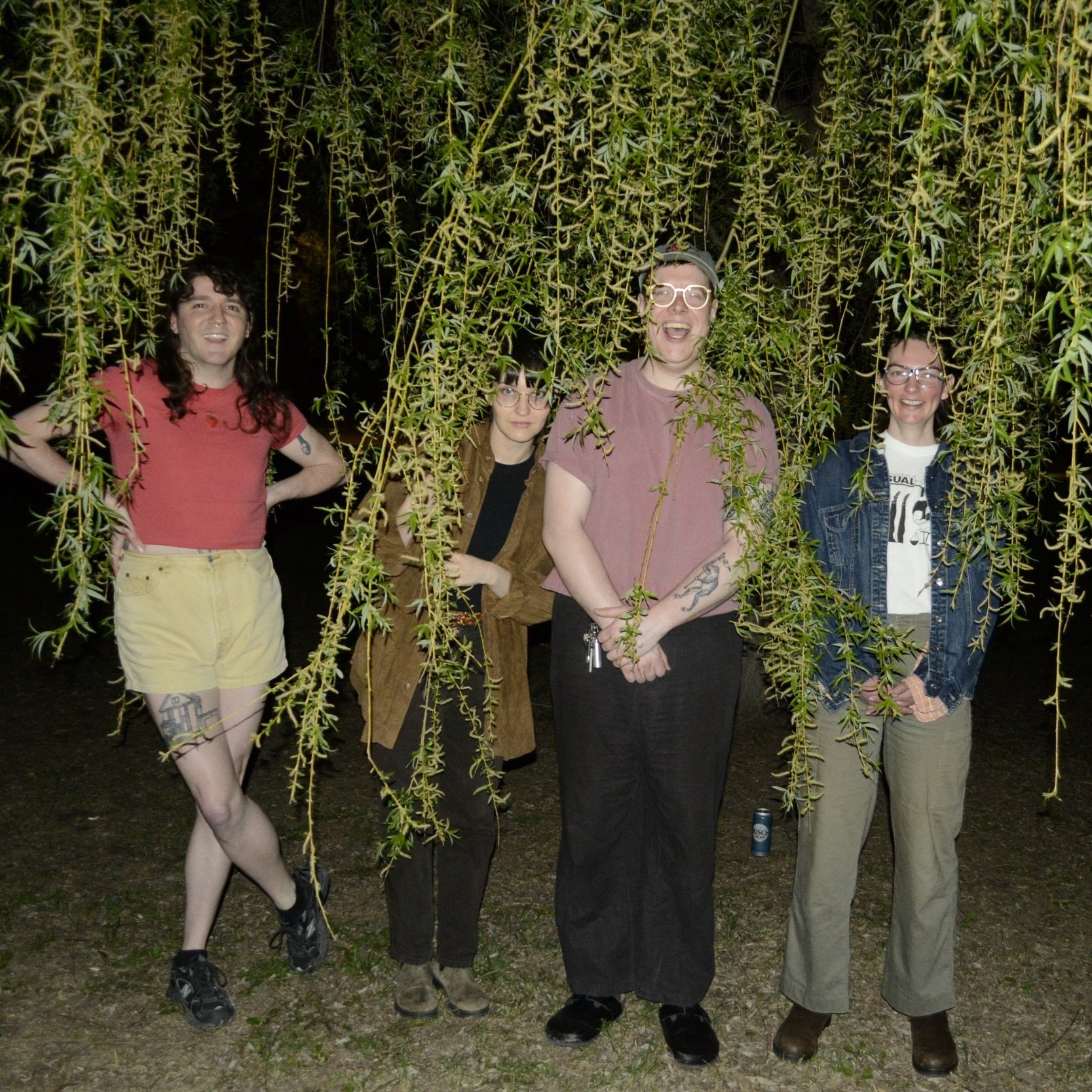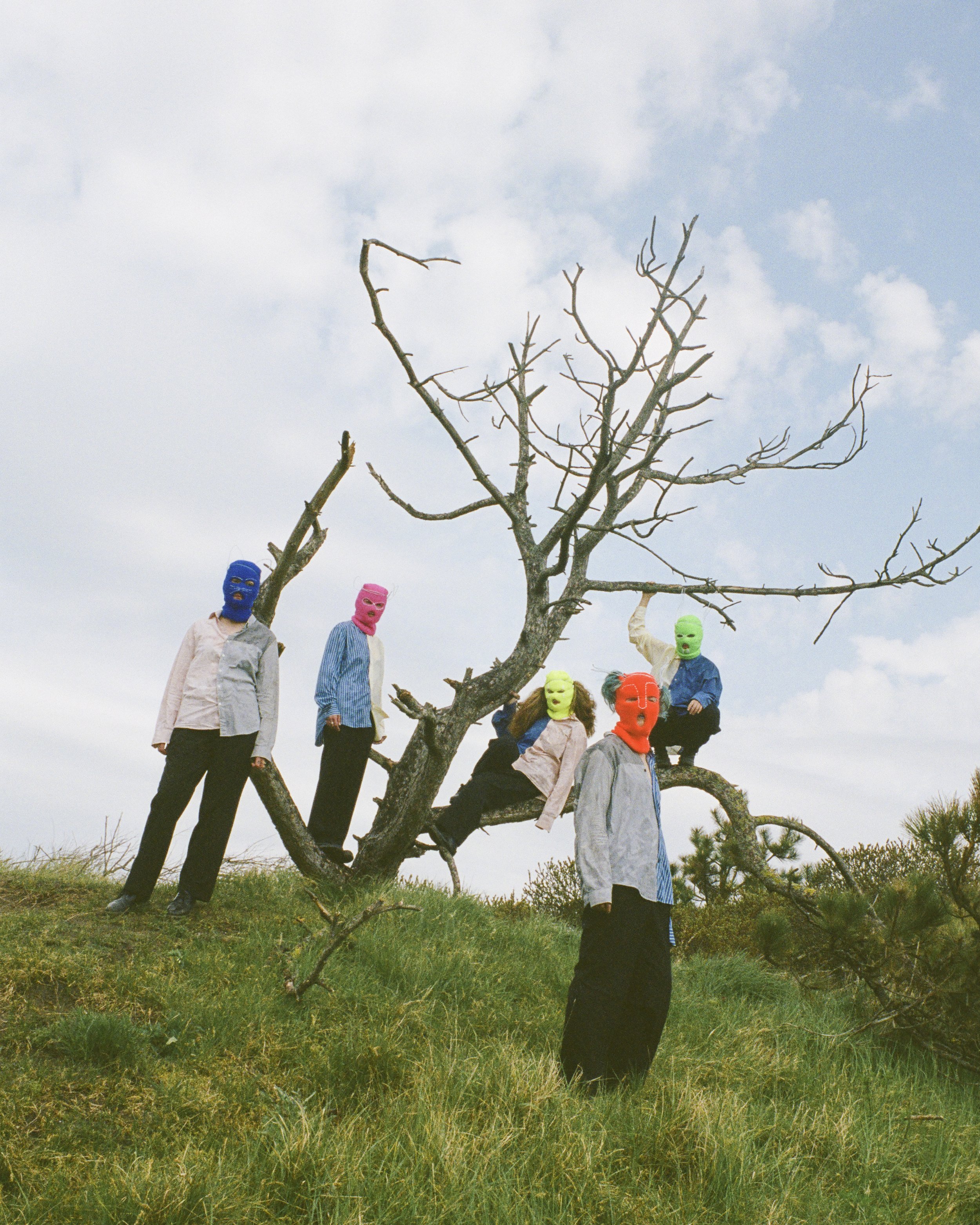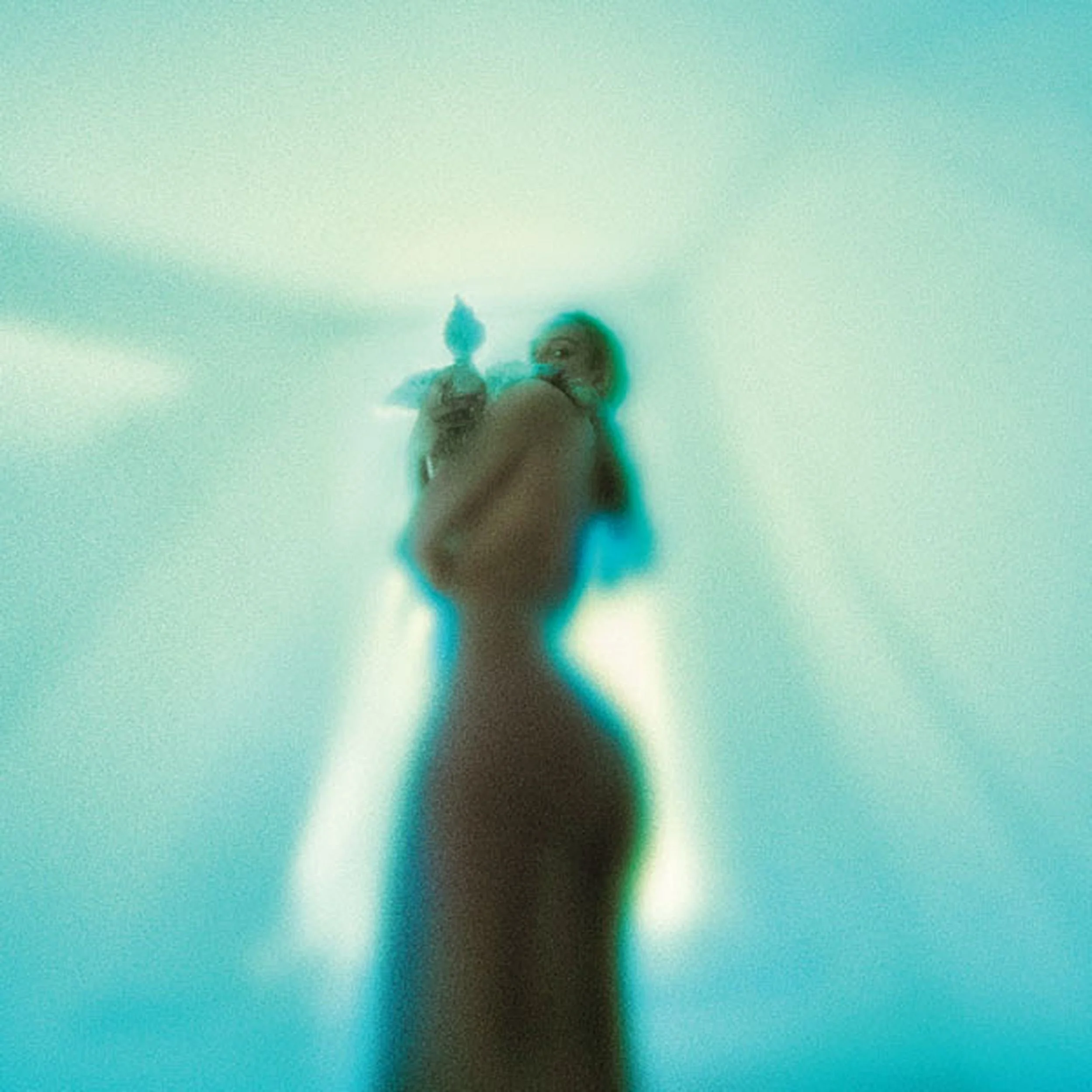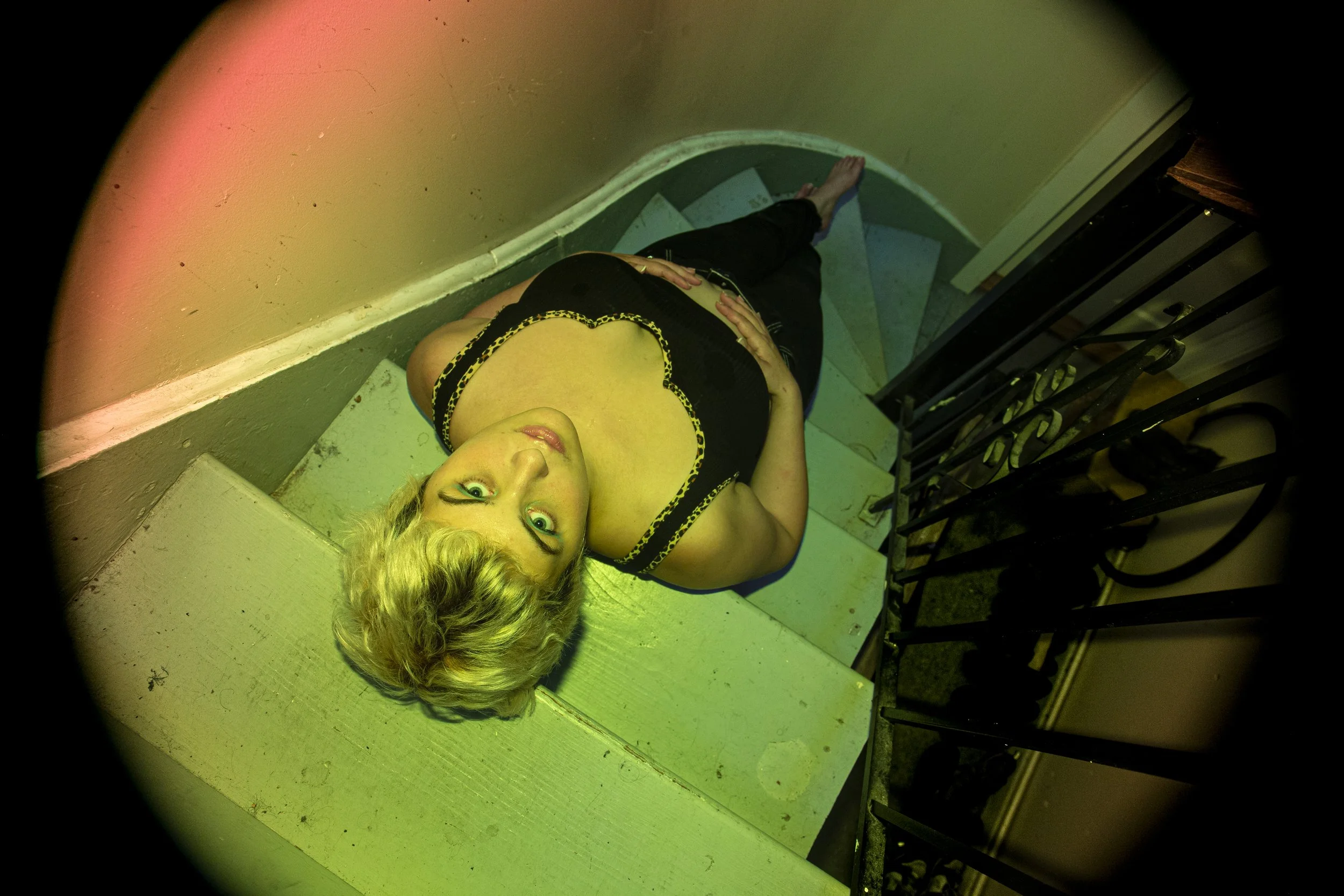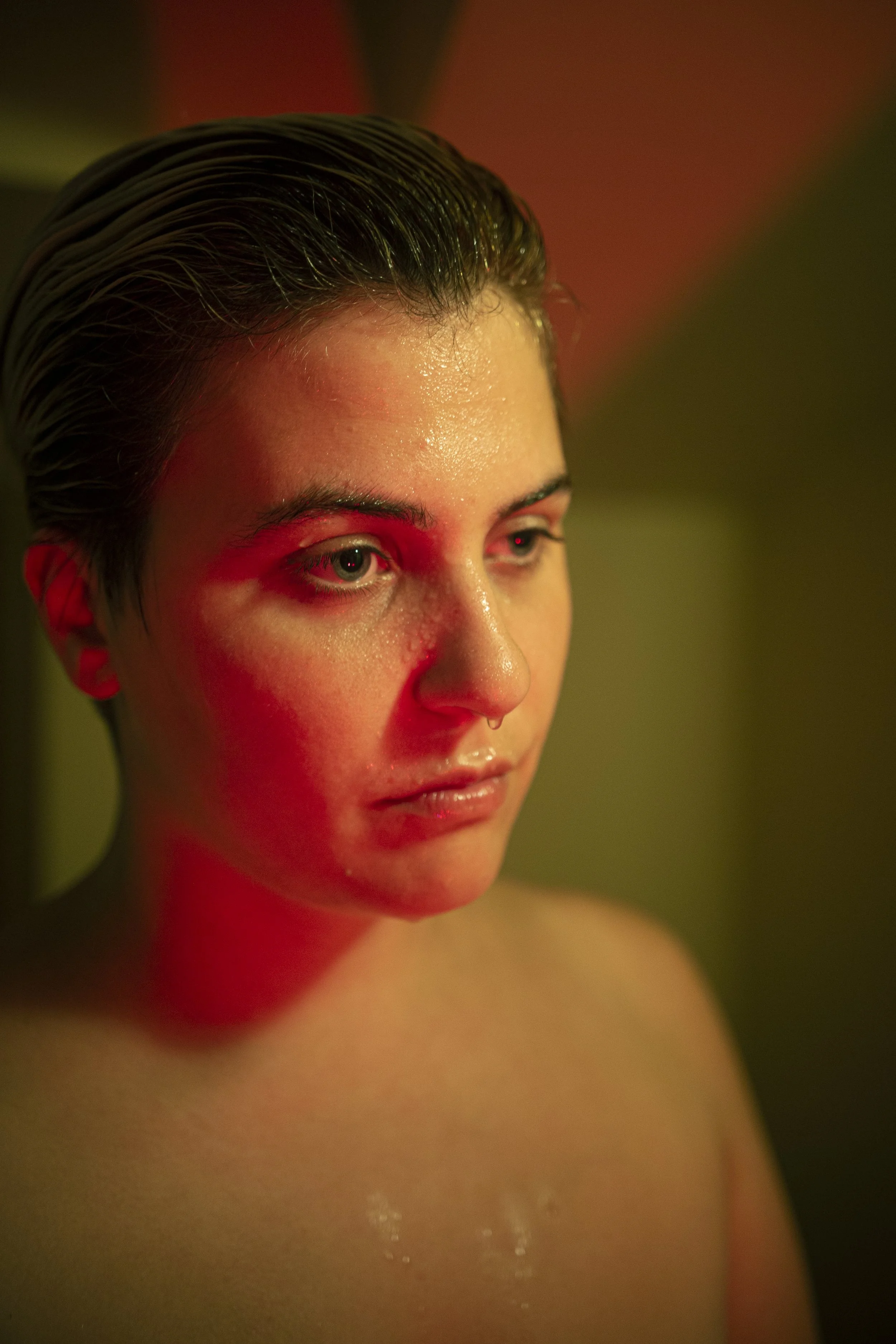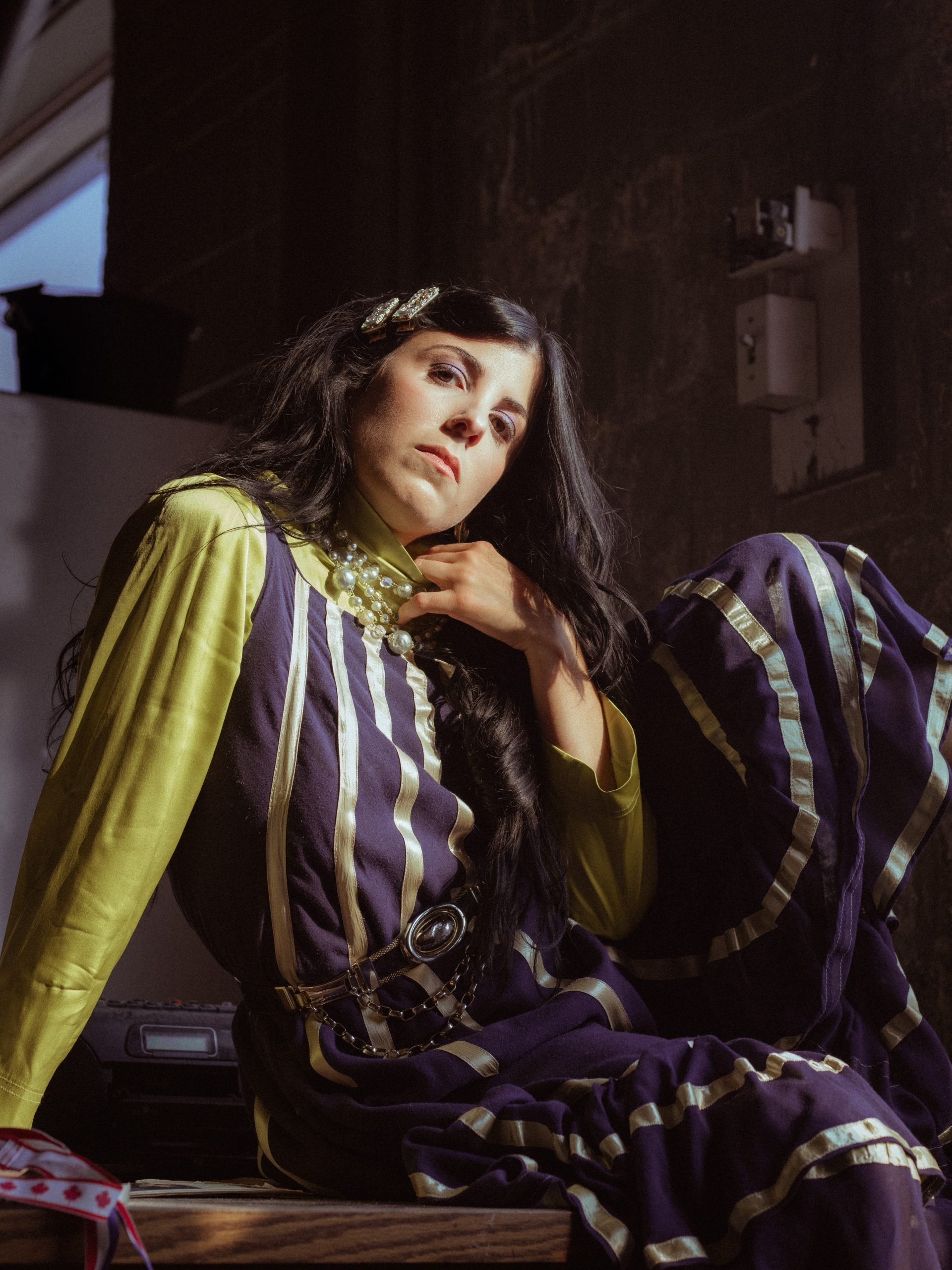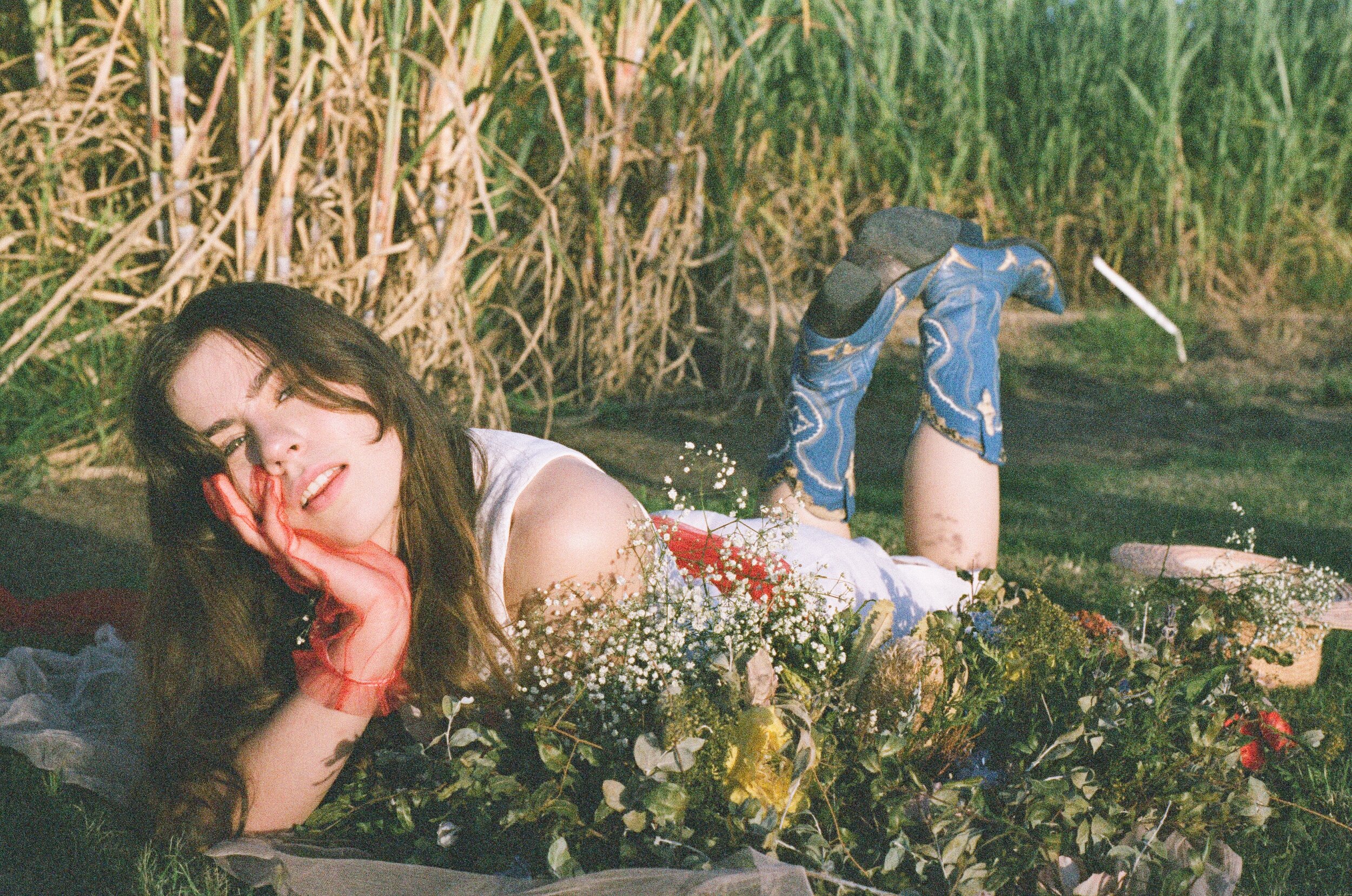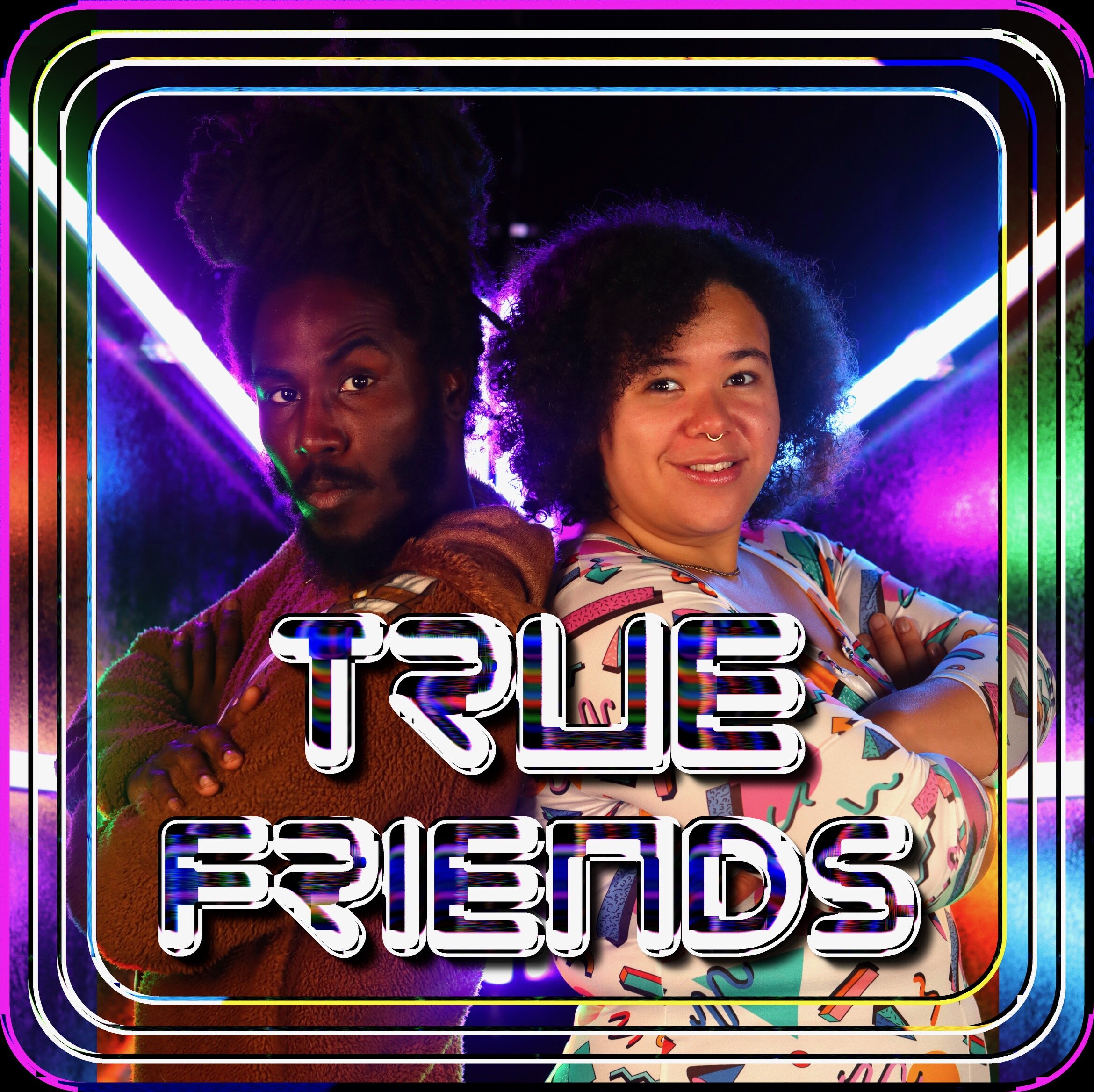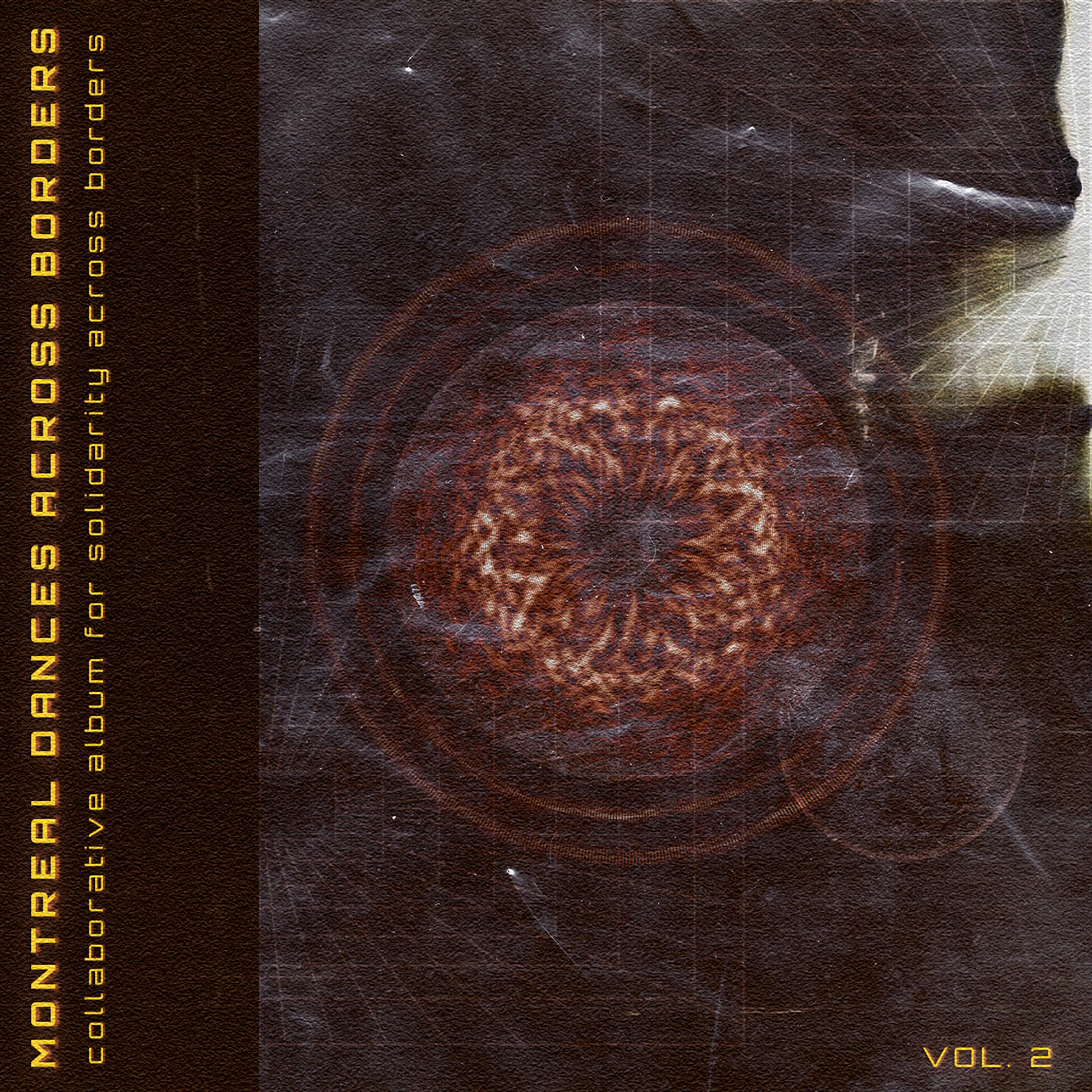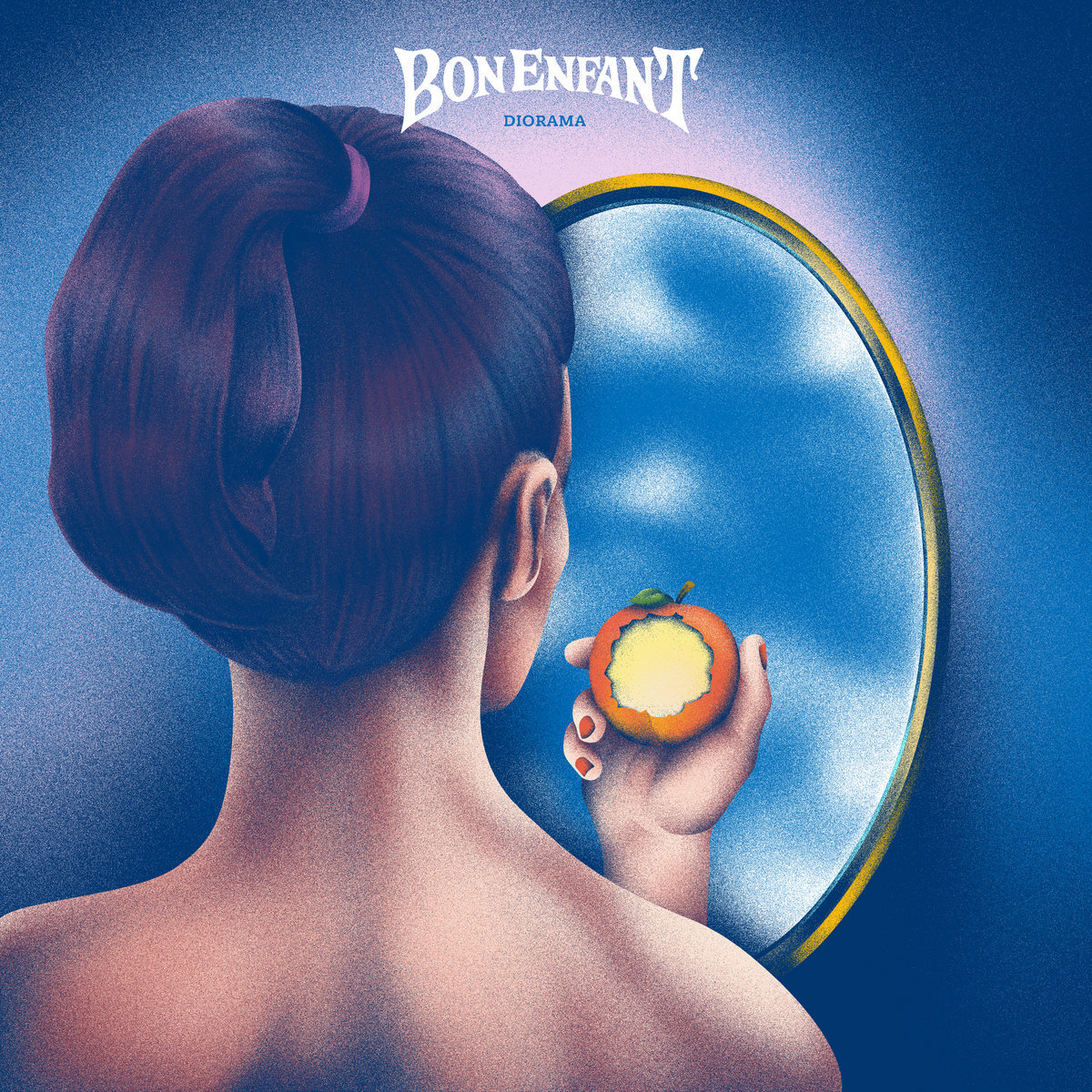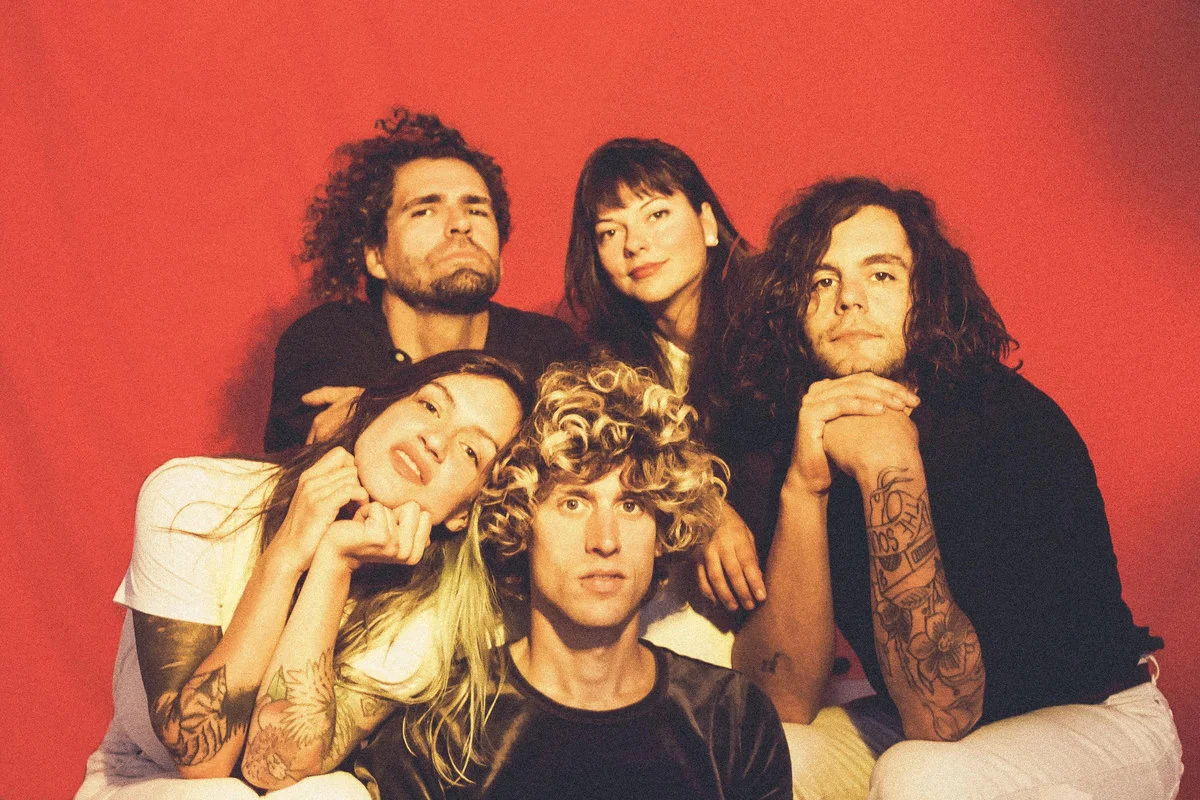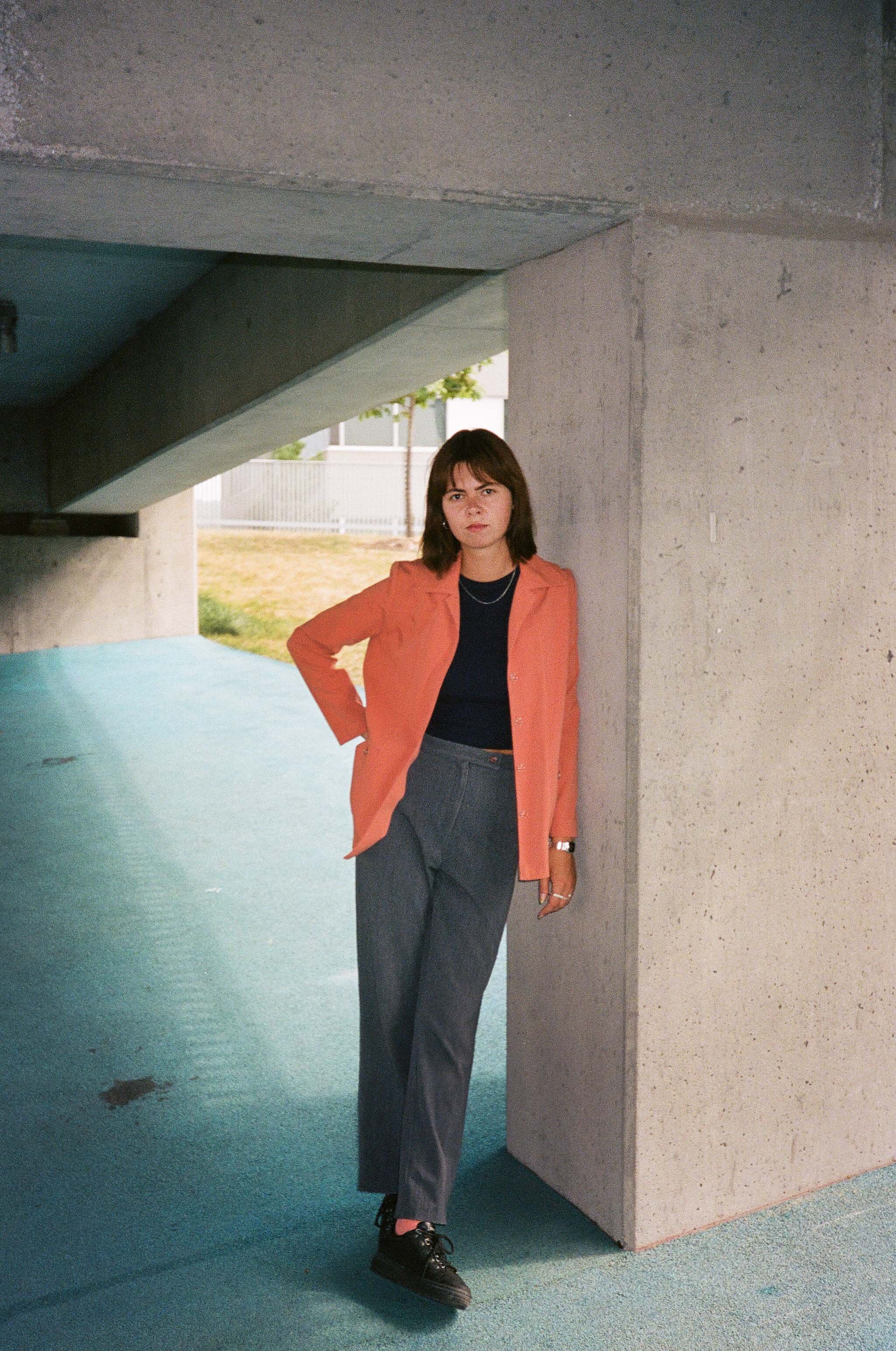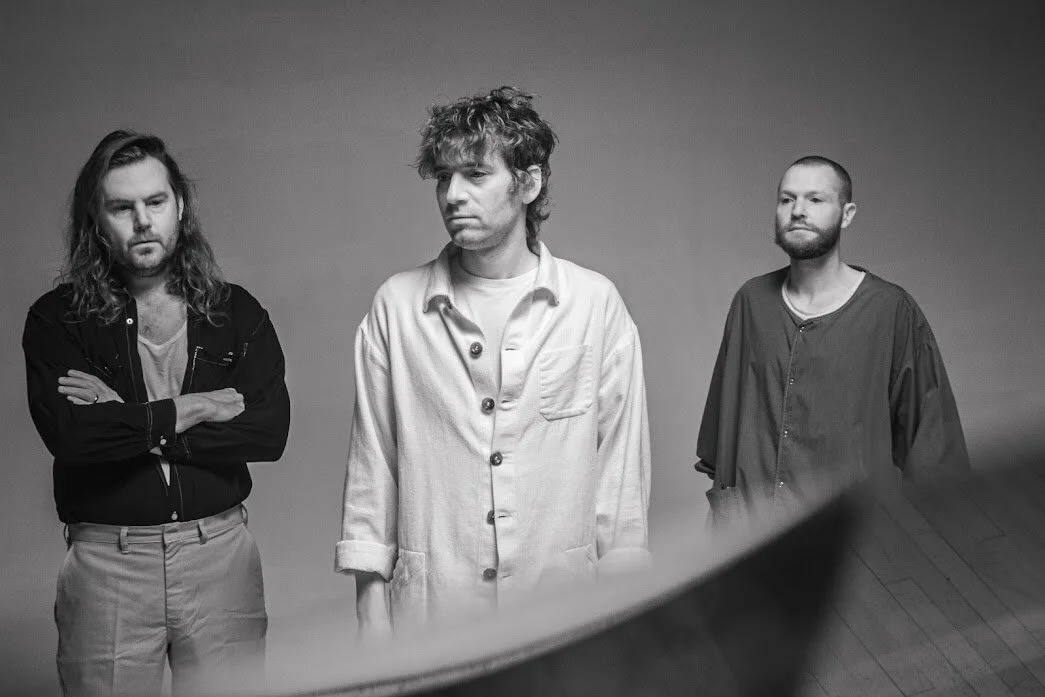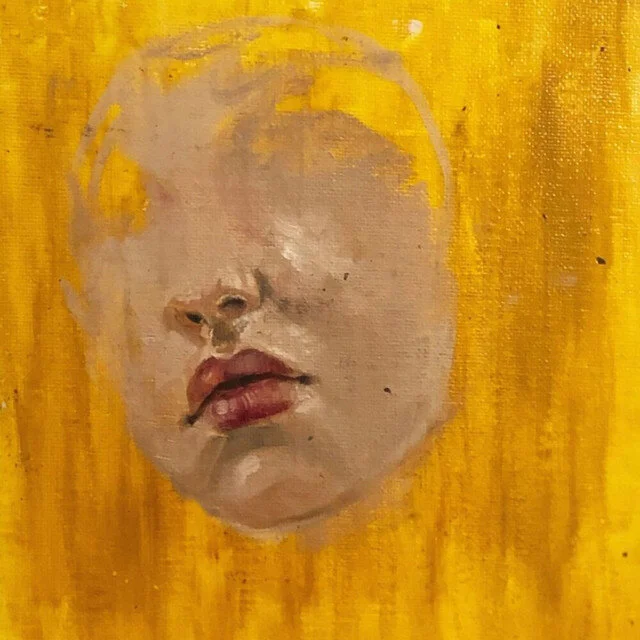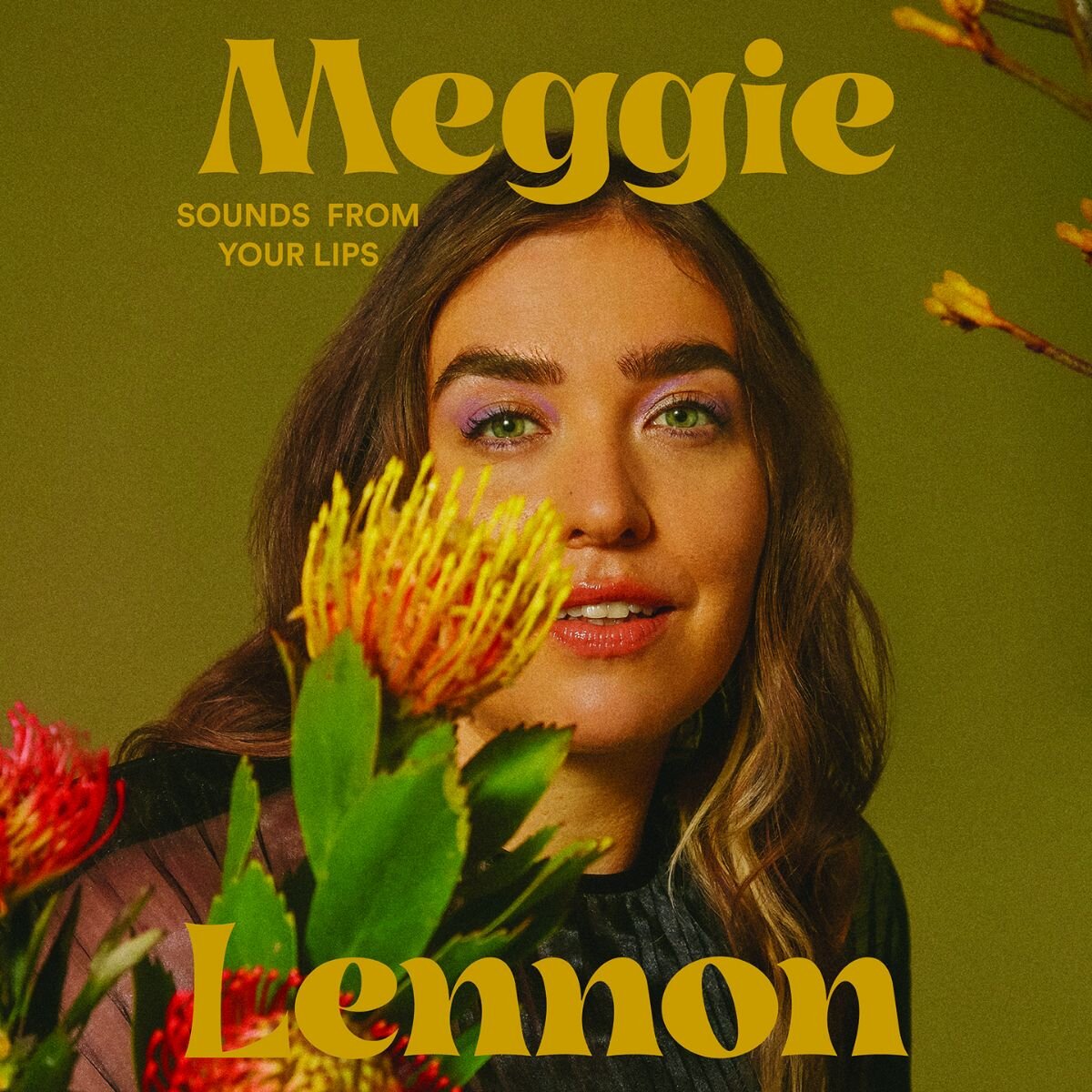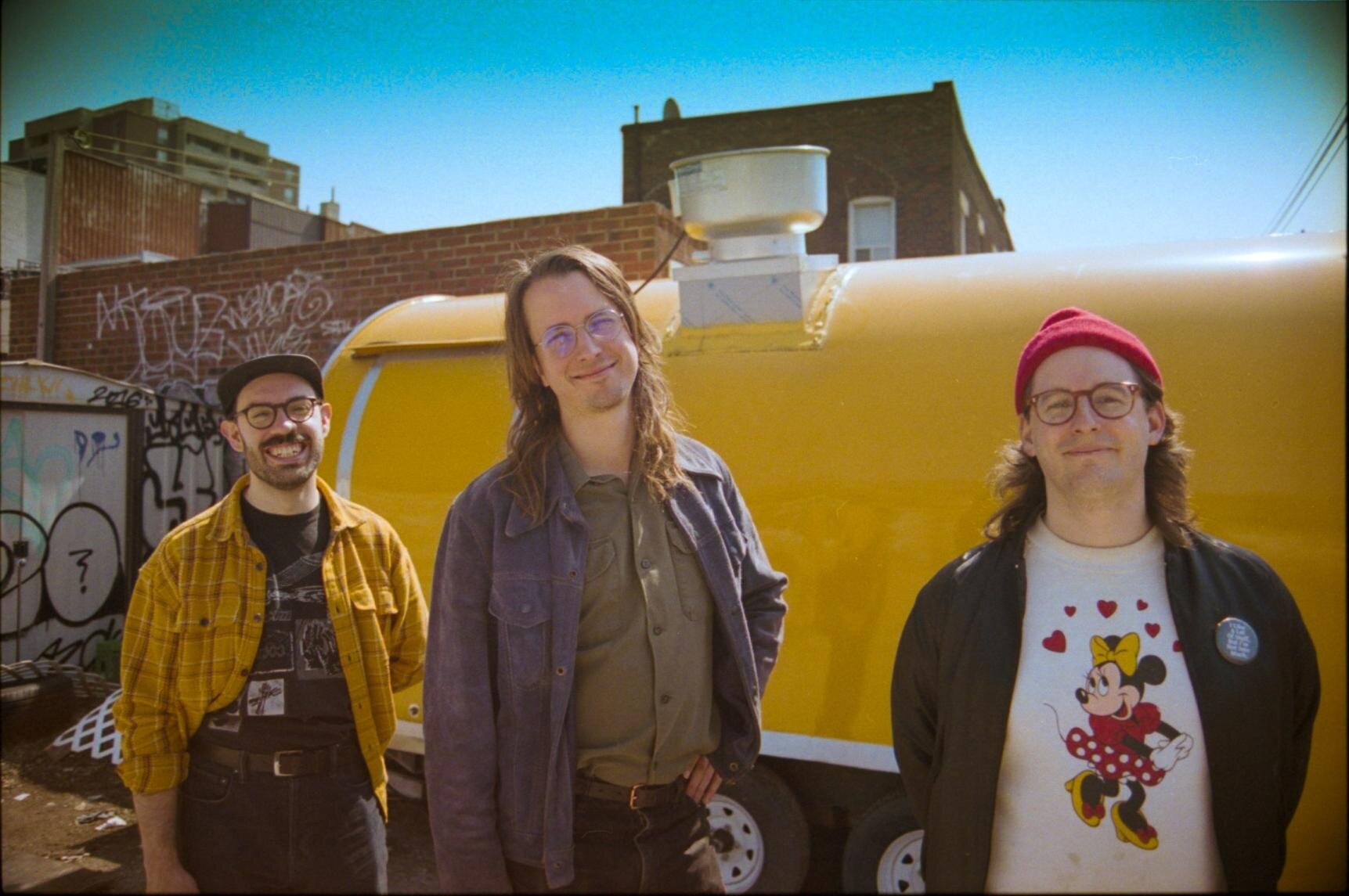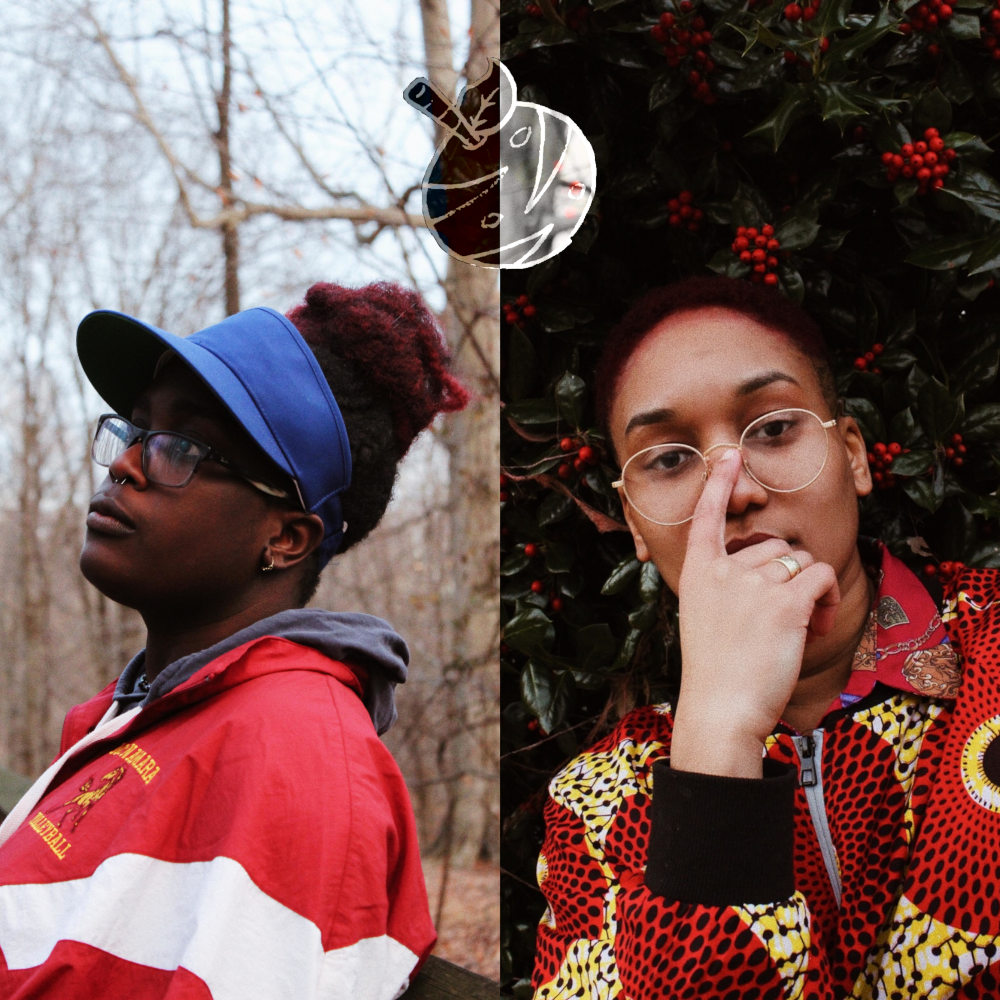Swedish Electronic-Indie Songwriter sir Was Tackles Mortality on New LP "Let The Morning Come" (Memphis Industries)
sir Was by Malin Ingrid Johansson
Being confronted with one’s own mortality is, suffice to say, fodder for personal reflection. Let The Morning Come, the third feature album release by Swedish songwriter and instrumentalist Joel Wästberg, or sir Was, deals very closely with themes of mortality and time, but not with a sense of panic or urgency, rather it’s calm and collected.
Following 2019’s Holding On To a Dream, Wästberg was set to open for Swedish electronica mainstay Little Dragon during the summer of 2020. However, following the pandemic and the cancellation of tours worldwide, he was told tests revealed he inherited a hereditary condition causing multiple strokes.
“At first I got very sad and scared,” Wästberg says of the diagnosis. “But at the same time, it was like all the other worries I carried suddenly didn't matter. I just got this very intense feeling of being alive.”
The entirely self-produced album released October 15th on Memphis Industries. The ten-track project showcases Wästberg’s knack for subtle electronica compositions and charming songwriting. Singles like “Waiting For The Weekend” and “I Need a Minute” touch on themes of time and place, supported by rich instrumentals that refrain from overcrowding the mix, but that bloom and develop in their own ways.
“I Need a Minute is about the strong wish to stick around for a bit longer. A cry for more time. At the same time, it’s a wish for a pause,” said Wästberg.
Let the Morning Come is out now on Memphis Industries - listen below.
Let The Morning Come album cover by Damien Priest
sir Was
Instagram | Facebook | Spotify
Gabriel Lunn is a writer, multimedia journalist, and pop music enthusiast based out of Victoria BC. When he isn’t trying to decipher the human condition he can usually be found going for long runs or collecting vinyl records he really doesn’t need.




